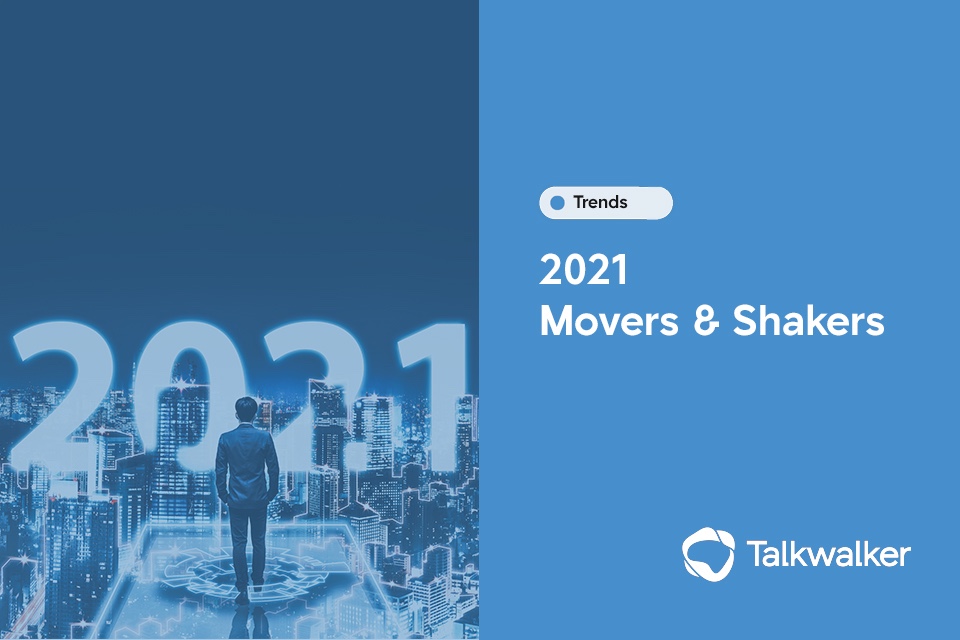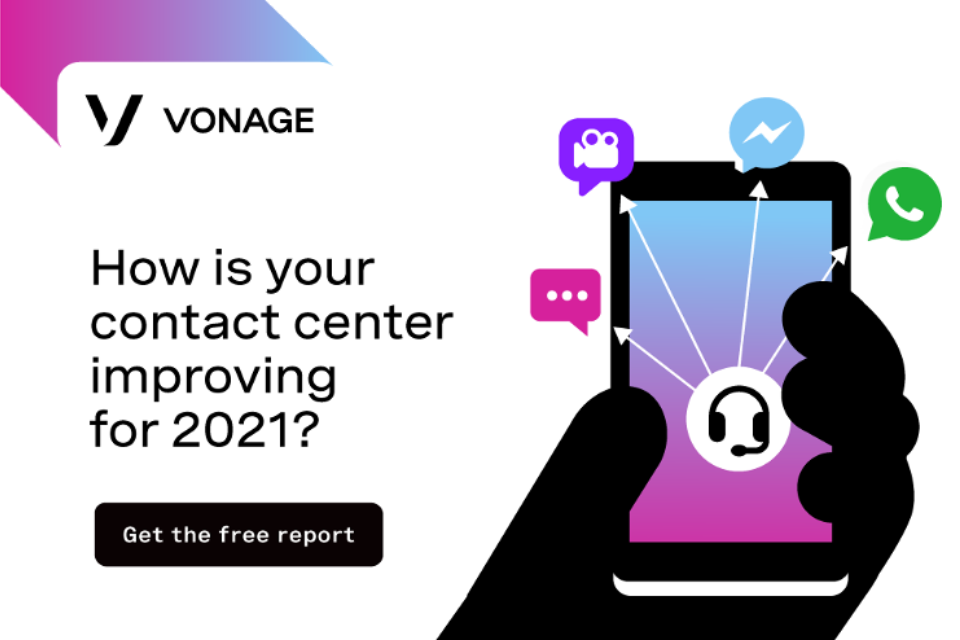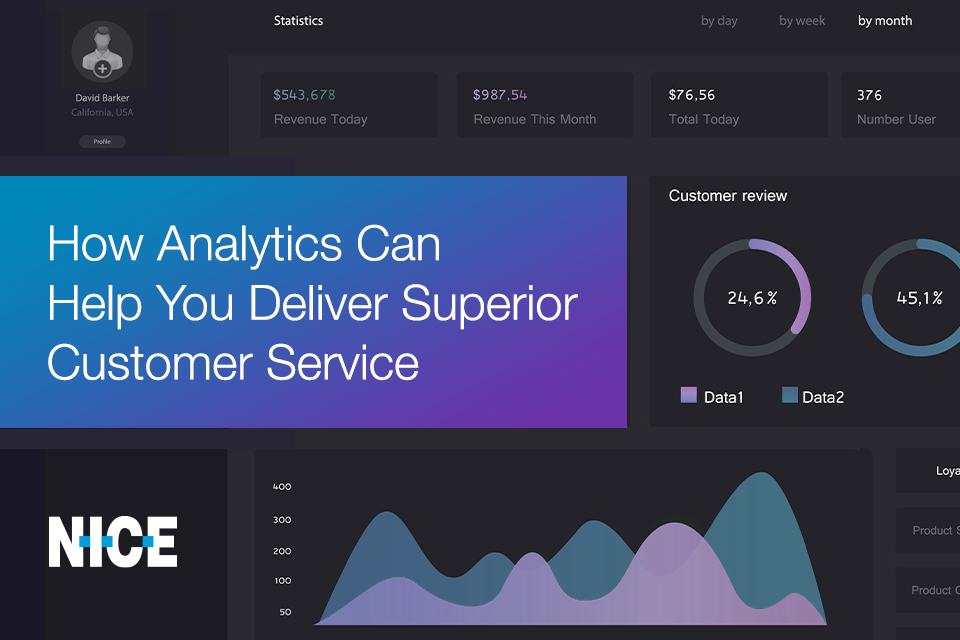Davies webinar session: Financial services organisations struggle to create a CX culture built to last – but why?
https://contactcentresummit.co.uk/wp-content/uploads/2022/02/2223793592-Netcall-Report-post-960-x-640.jpg 960 640 Stuart O'Brien Stuart O'Brien https://secure.gravatar.com/avatar/81af0597d5c9bfe2231f1397b411745a?s=96&d=mm&r=g84% of financial services leaders rank business process alignment as more important than putting the customer first when designing customer experiences. How can they then create a CX culture that really puts the customer first?
Davies has discovered that culture seems to be taking a backseat for most CX leaders, although we all know that the absence of customer-first thinking often brings longer contact-centre wait times & more effort, resulting in enhanced frustration & unhappy customers.
In Davies’ upcoming webinar session, they’ll discover why, and their expert panel will share top tips on how to create a CX culture that will help you achieve those all-important business objectives.
Register below to find out:
- How organisational culture is holding your fellow financial services peers back from achieving their CX goals
- What CX leaders across financial services see as the most important factors in CX design
- Common misconceptions on building and sustaining a strong internal CX focussed culture
- Get actionable insight on how to develop a sustainable CX culture in your business
- Ask any burning questions you have in a Q&A session
Don’t miss out! If you can’t make the webinar on the day, sign up and Davies will send the recording to you.
Register here










